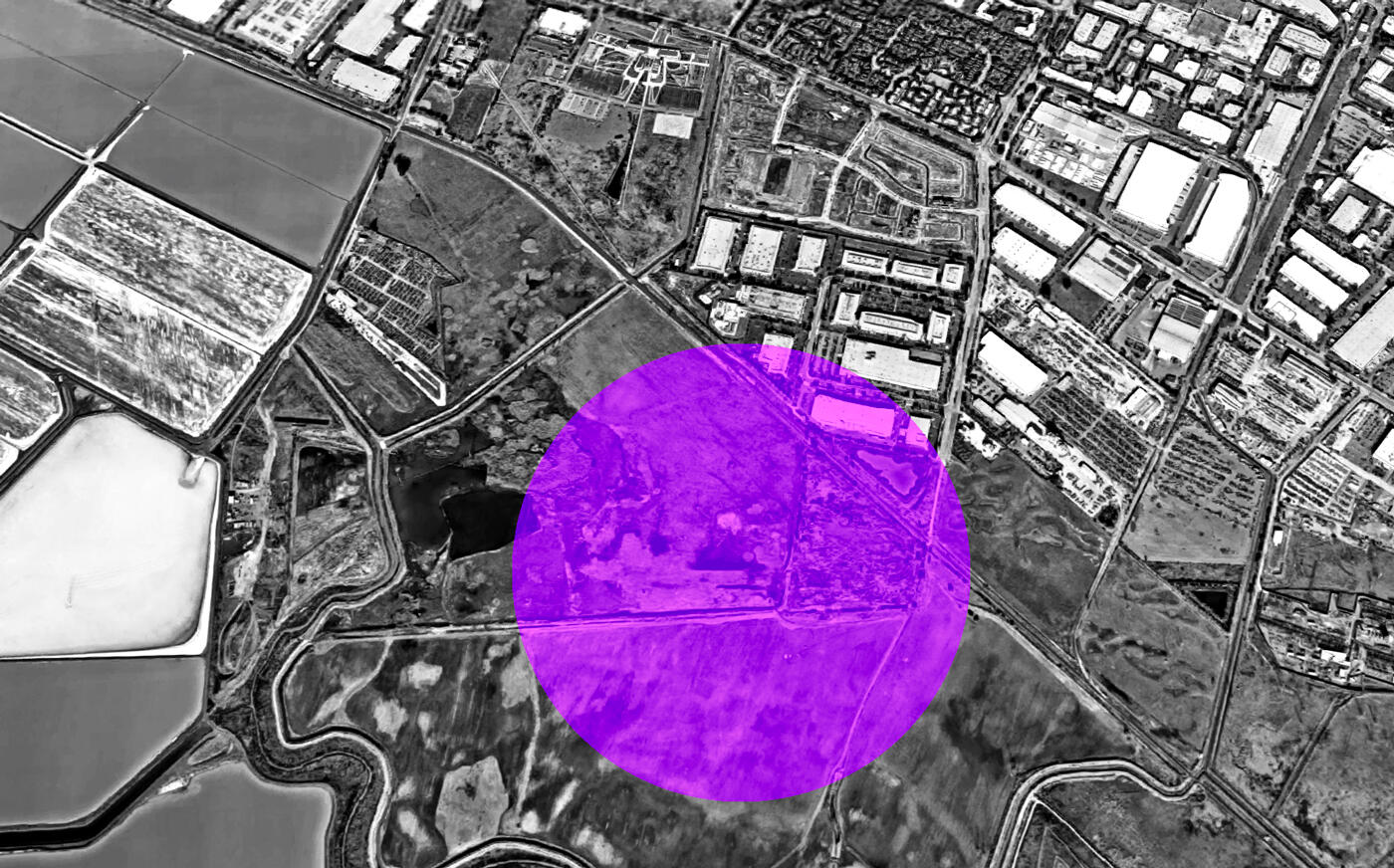 East Bay apartment complex sells for $304M, to be converted into ‘missing middle’ housing
East Bay apartment complex sells for $304M, to be converted into ‘missing middle’ housing
Trending
Controversial wetlands housing project gets green light to move forward
The state appeals court rejected an environmental challenge against the development

A housing project near the wetlands of Newark, California got the go-ahead after a state appeals court rejected an environmental challenge.
The development would include 469 large houses on 80 acres of upland areas within the wetlands, SiliconValley.com reported.
The Newark City Council approved the plan from The Sobrato Organization in 2019 despite objections from residents and environmental groups arguing the development would be “illogical and irresponsible.”
The site of the future development is a 430-acre portion of the larger plot known as Area 4. A mix of undeveloped wetlands, marshes and “upland agricultural” areas make up the region. Those who oppose the project suggest that the land should be preserved to allow existing marshes to expand to the east as sea levels rise.
Due to the geography of the area, the project’s houses and roads will have to be built on top of as much as 15 feet of fill soil to decrease the risk of flooding.
The Citizens Committee to Complete the Refuge and the Center for Biological Diversity say the city should have ordered a more thorough environmental review of the project and location before approving the project.
“We are disappointed by the decision of the Court of Appeal,” Carin High, the co-chair of the citizens group said. “As our region’s scientific community has articulated, these wetlands and restorable wetlands are just too important to the long-term health of our bay to let them be developed.”
The citizens group and the city of Newark have gone back and forth over the future of the wetlands and the potential environmental impact of rising sea levels. Justice Tracie Brown said the risk to future occupants of the homes doesn’t fall under the environmental review’s concerns, saying “sea level rise is not an impact on the environment caused by the project,” rather it’s an impact of the environment on the project.
Despite the court’s most recent ruling, High says the citizen’s group remains undeterred in its efforts to protect the area planned for development. “Time and time again, our region has banded together to protect our bay,” High said, “and we’ll continue to pursue every avenue to stop this destructive development.”
Read more
 East Bay apartment complex sells for $304M, to be converted into ‘missing middle’ housing
East Bay apartment complex sells for $304M, to be converted into ‘missing middle’ housing
[SV] — Victoria Pruitt




